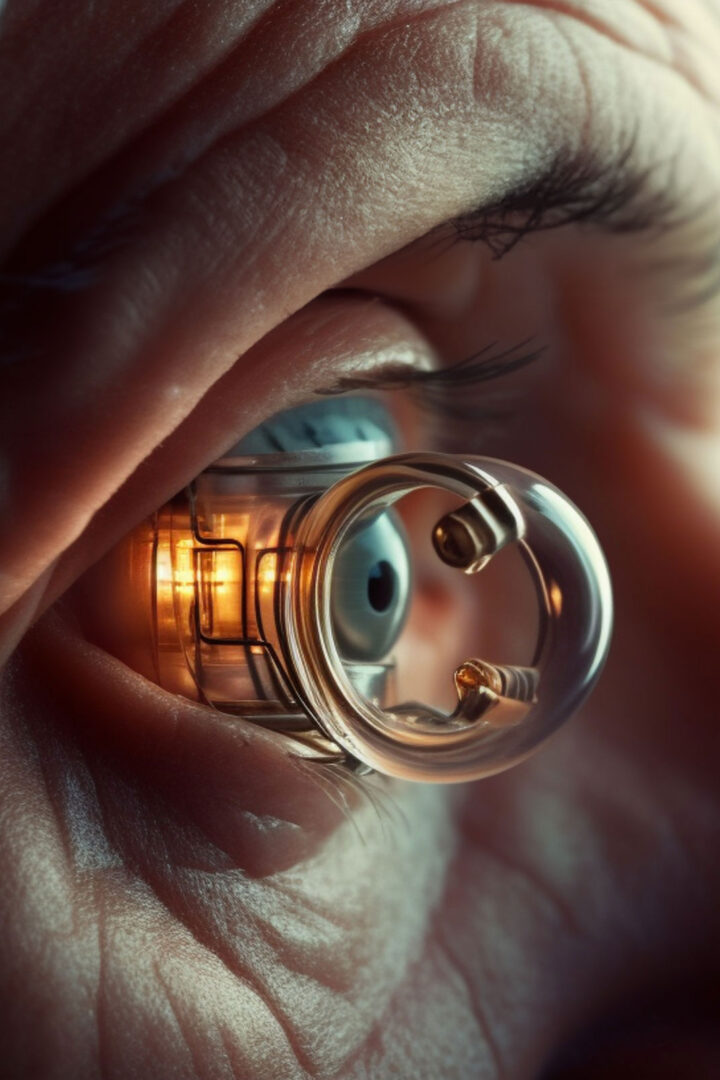COMPARISON OF
KERANATURAL AND KERATOPLASTY
Here's a comparison between KeraNatural CAIRS and keratoplasty:
KeraNatural CAIRS: Involves implanting human collagen corneal tissue without removing the host cornea, performed in a closed system.
Keratoplasty: Involves the removal of the entire cornea and replacement with donor corneal tissue, typically done in an open-sky surgery. (Note: Deep Anterior Lamellar Keratoplasty (DALK) is a type of keratoplasty that does not involve full thickness corneal removal.)
Risk and Complications:
KeraNatural CAIRS: Extremely limited complication risk, reversible, and minimal risk of rejection.
Keratoplasty: Higher risk of complications, including rejection of the donor tissue, need for long-term corticosteroid use, and potential systemic side effects of corticosteroids.
Adjustability and Reversibility:
KeraNatural CAIRS: Adjustable without the need for sutures, and the procedure is reversible.
Keratoplasty: Not adjustable, irreversible after the procedure is completed.
Post-Procedure Follow-Up:
KeraNatural CAIRS: Requires less frequent follow-up visits due to its closed system nature and adjustability.
Keratoplasty: Typically requires more frequent follow-up visits for monitoring of graft healing and potential complications.
Vision Outcomes:
KeraNatural CAIRS: The procedure may offer promising vision outcomes without the risk of corneal rejection.
Keratoplasty: Vision outcomes can vary, and there is no guarantee of improved vision. Vision may be influenced by factors such as graft clarity, astigmatism, and other complications.
Medication Requirements:
KeraNatural CAIRS: Generally, there is less reliance on long-term corticosteroid use compared to keratoplasty.
Keratoplasty: Long-term corticosteroid eye drops may be necessary to prevent graft rejection, and sometimes systemic corticosteroids may be required, which can have associated side effects.
Overall, KeraNatural CAIRS offers potential advantages over traditional keratoplasty in terms of reduced risk, adjustability, reversibility, and post-procedure medication requirements. However, individual patient factors and the specific characteristics of the corneal condition being treated may influence the choice of procedure.

